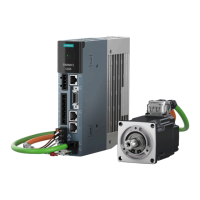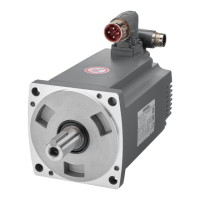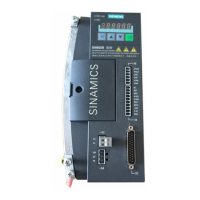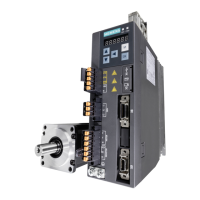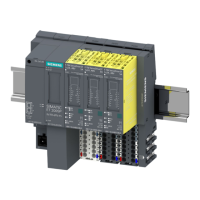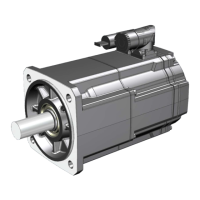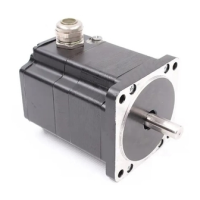4.5.3 Control of the Basic Functions via PROFIsafe
The following table lists the response times
1)
from receiving the PROFIsafe telegram at the
Control Unit up to initiating the particular response.
Table 4-2 Response times when controlling via PROFIsafe
Function Worst case for
Drive system has no fault A fault is present
STO 5 · 4 ms + t_K
2)
5 · 4 ms + t_K
2)
SBC 6 · 4 ms + t_K
2)
10 · 4 ms + t_K
2)
SS1/SS1E (time-controlled)
Selection until STO is initiated 5 · 4 ms + p9652 + t_K
2)
5 · 4 ms + p9652 + t_K
2)
SS1/SS1E (time-controlled)
Selection until SBC is initiated 6 · 4 ms + p9652 + t_K
2)
10 · 4 ms + p9652 + t_K
2)
SS1 (time-controlled)
Selection until braking is initiated 5 · 4 ms + 2 ms + t_K
2)
5 · 4 ms + 2 ms + t_K
2)
1)
The specified response times involve internal SINAMICS response times. Program run times in the F‑host and the
transmission time via PROFIBUS or PROFINET are not taken into account. When calculating the response times between
the F-CPU and the converter, you must take into account that faults in the communication can result in a safety function
only being selected after the PROFIsafe monitoring time (F_WD_Time) has expired. The PROFIsafe monitoring time
(F_WD_Time) must also be included in the calculation when an error occurs.
2)
t_K is the time for internal communication within the SINAMICS module; t_K can be determined as follows:
For isochronous communication t_K = To (for To see settings in the controller)
4.5.4 PFH values
You can find more details about the PFH values via the following link: SINAMCS Industrial
Security (https://support.industry.siemens.com/cs/ww/en/view/76254308)
Safety functions integrated in the drive
4.5 System properties
SINAMICS S210 servo drive system
74 Operating Instructions, 12/2017, A5E41702836B AA
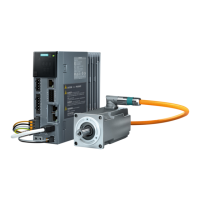
